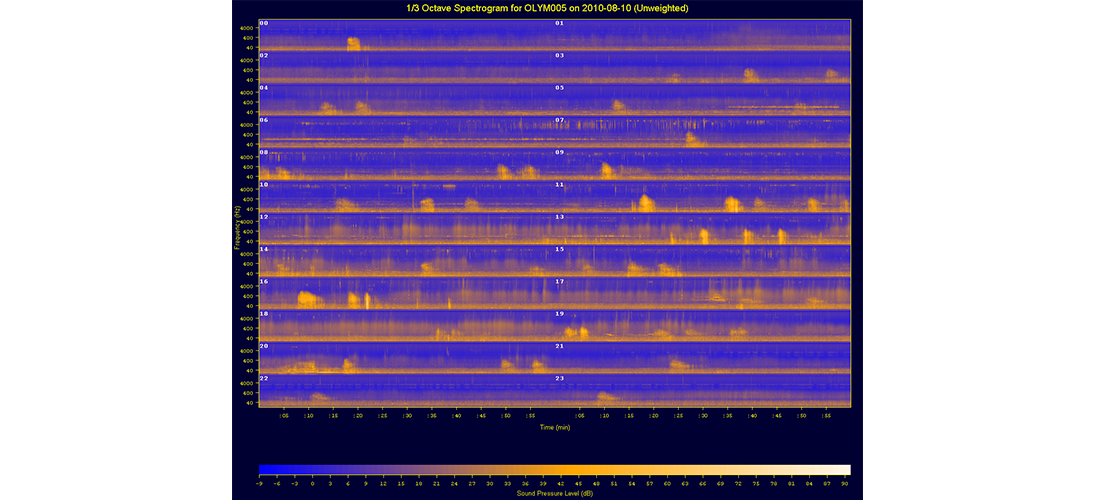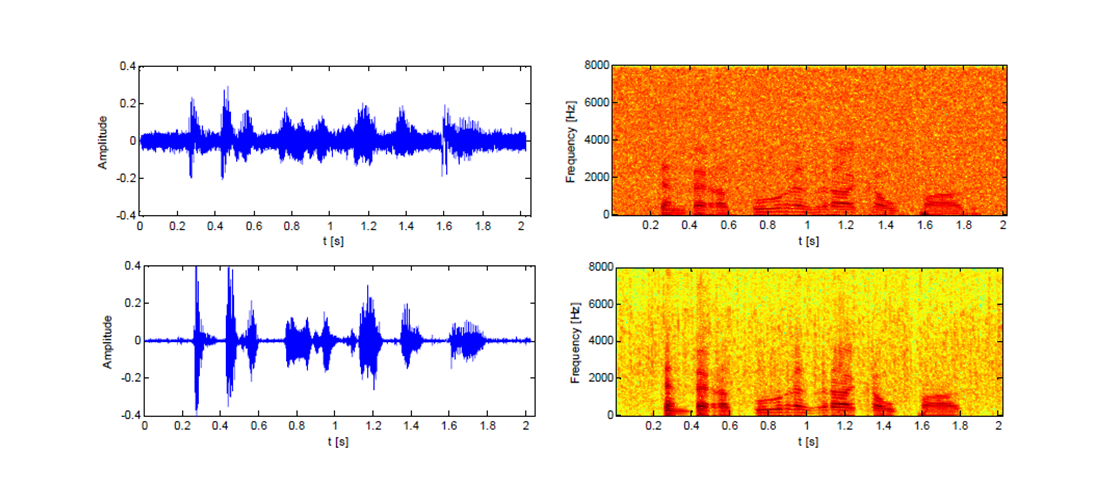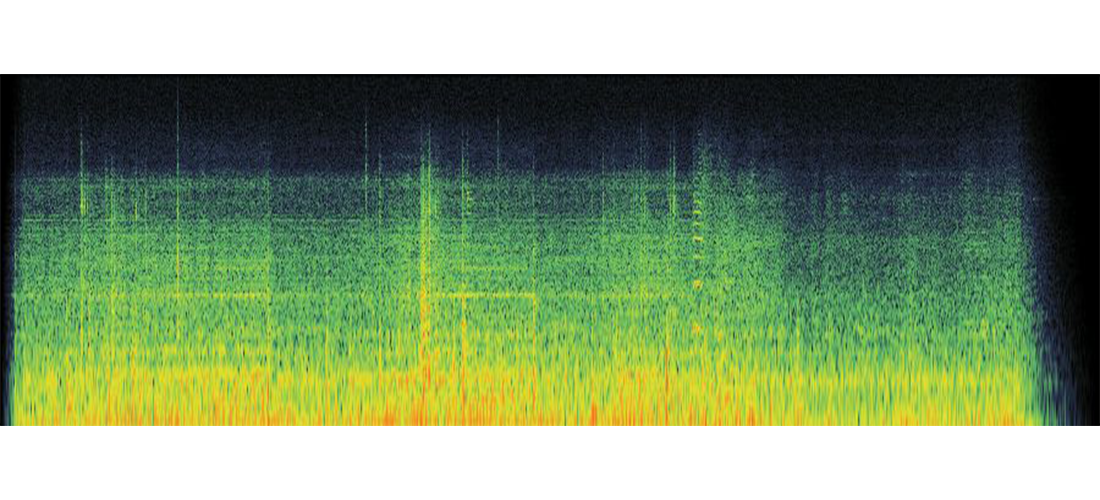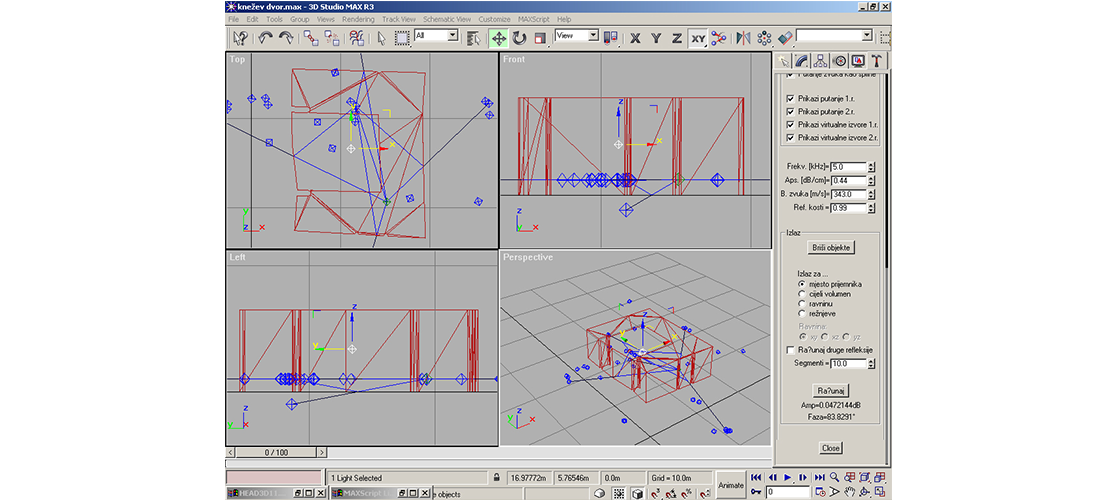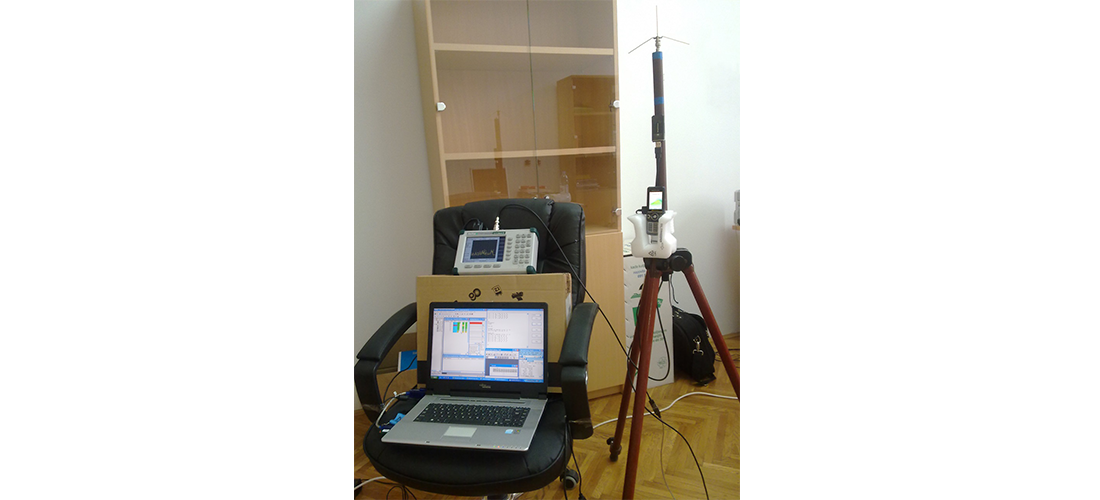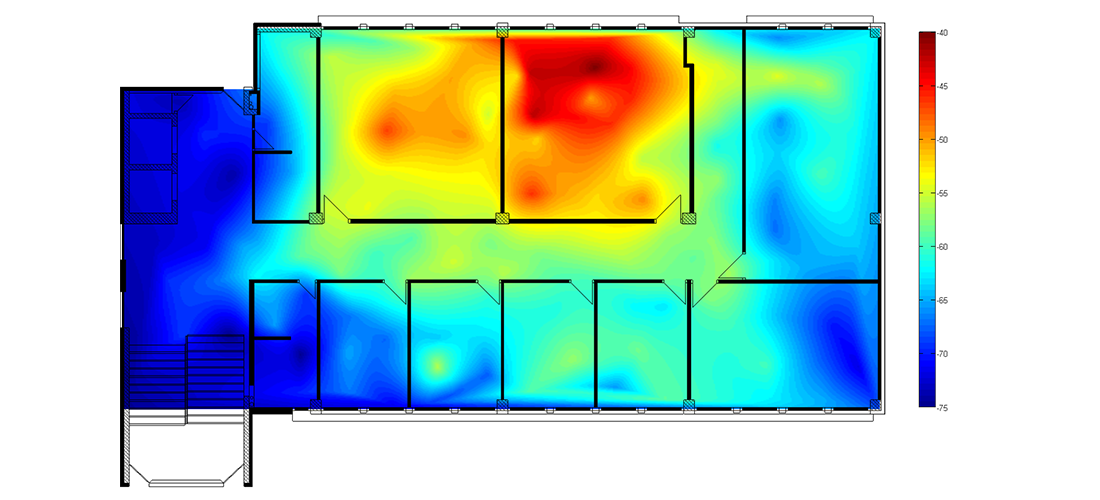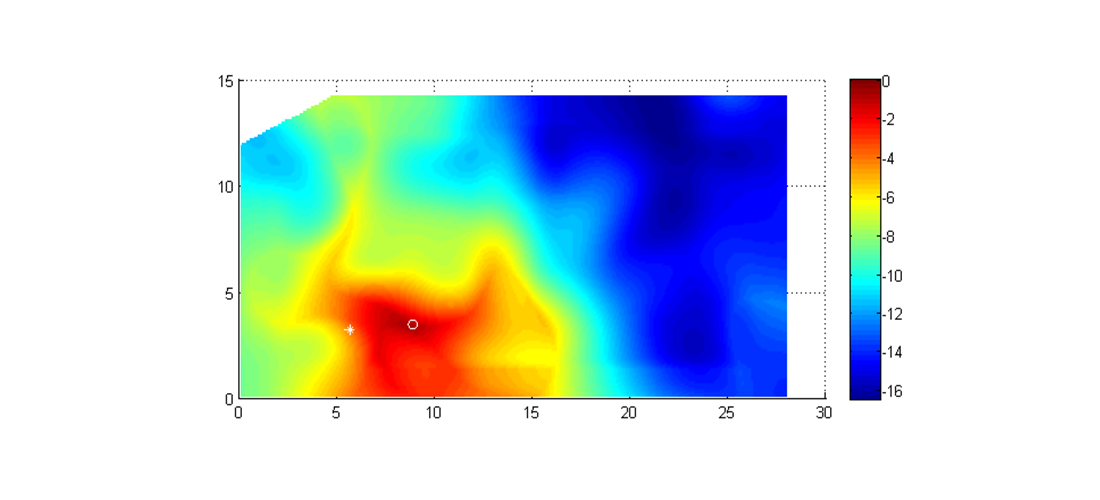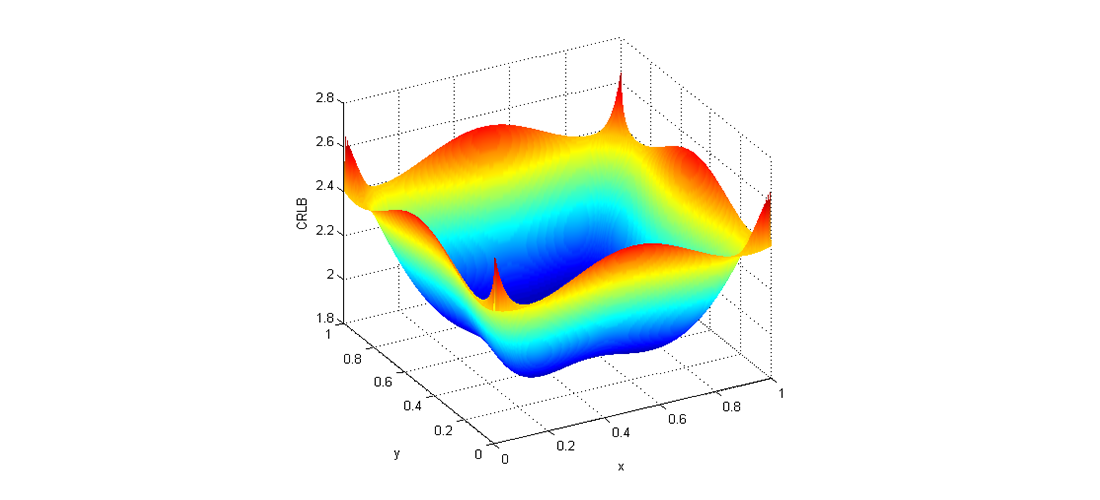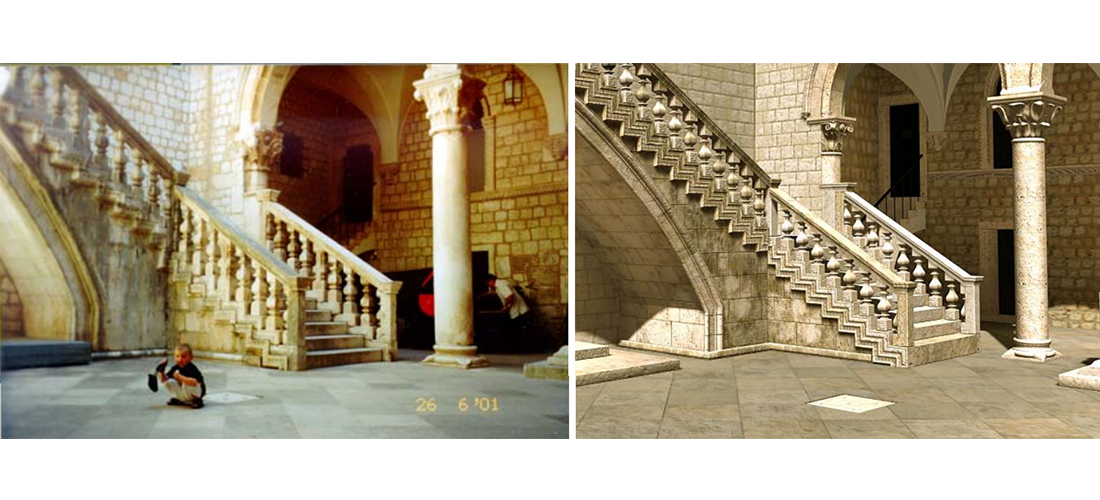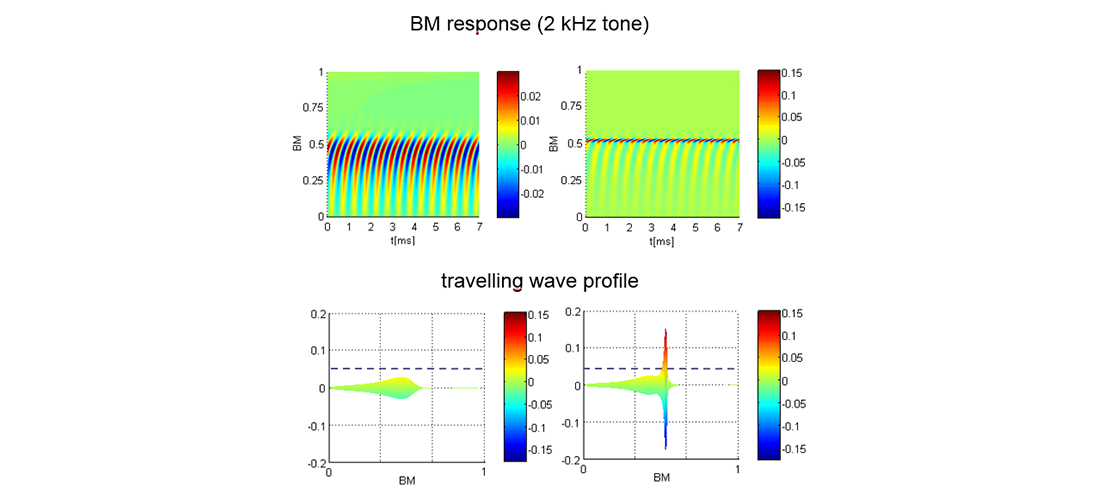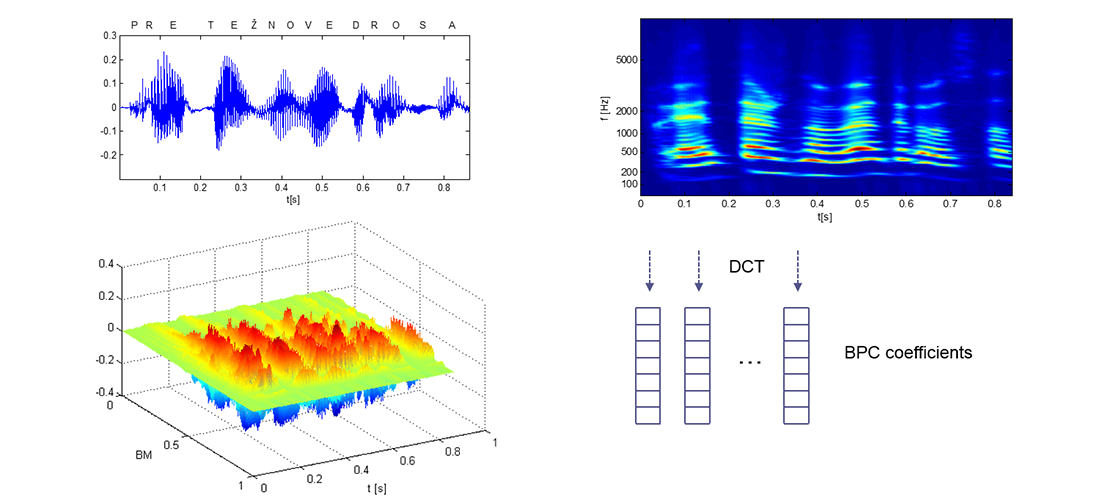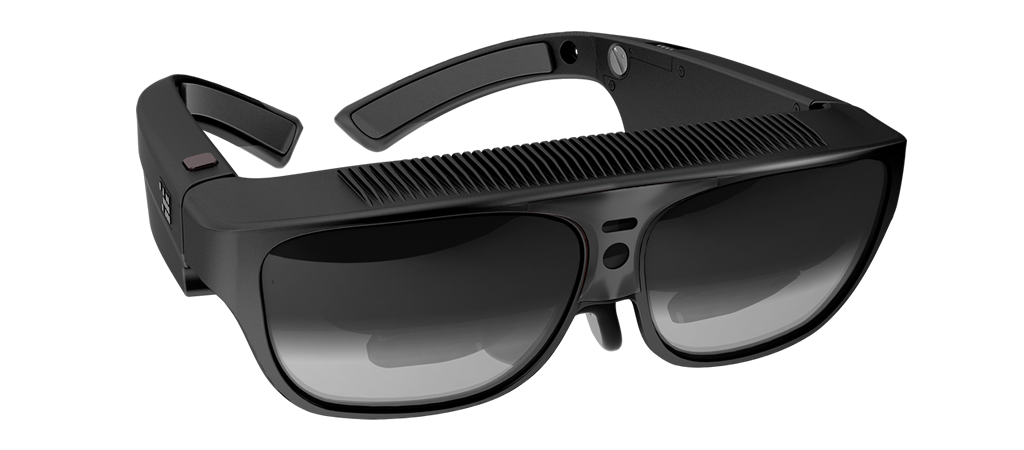
ODG R7 glasses – R-7 is a totally new device incorporating ODG’s next generation optics, electronics and industrial design. The R-7 delivers a powerful and robust solution in a new lighter and tighter profile. This is a groundbreaking device available with a Qualcomm SnapdragonTM 805 processor running ReticleOS™ operating system atop Android Kit KatTM and featuring Qualcomm Technologies, Inc. Vuforia Mobile Vision Platform. The R-7 extends totally integrated Smartglasses with break-through 3D stereoscopic ultra-transparent see-thru HD displays, high-speed wireless connectivity and high-performance positional sensors.
Shimmer3 Platinum Development Kit – is a powerful and elegant wearable wireless sensor platform which provides superior data quality, adding value to data collection process. Kit options include 1 to 15 Shimmer3 IMUs with integrated 9 DoF + altimeter inertial sensing via accelerometer, gyroscope and magnetometer, each with selectable range. Shimmer is frequently used in activity monitoring, sport science, and intelligent building applications to name but a small few.
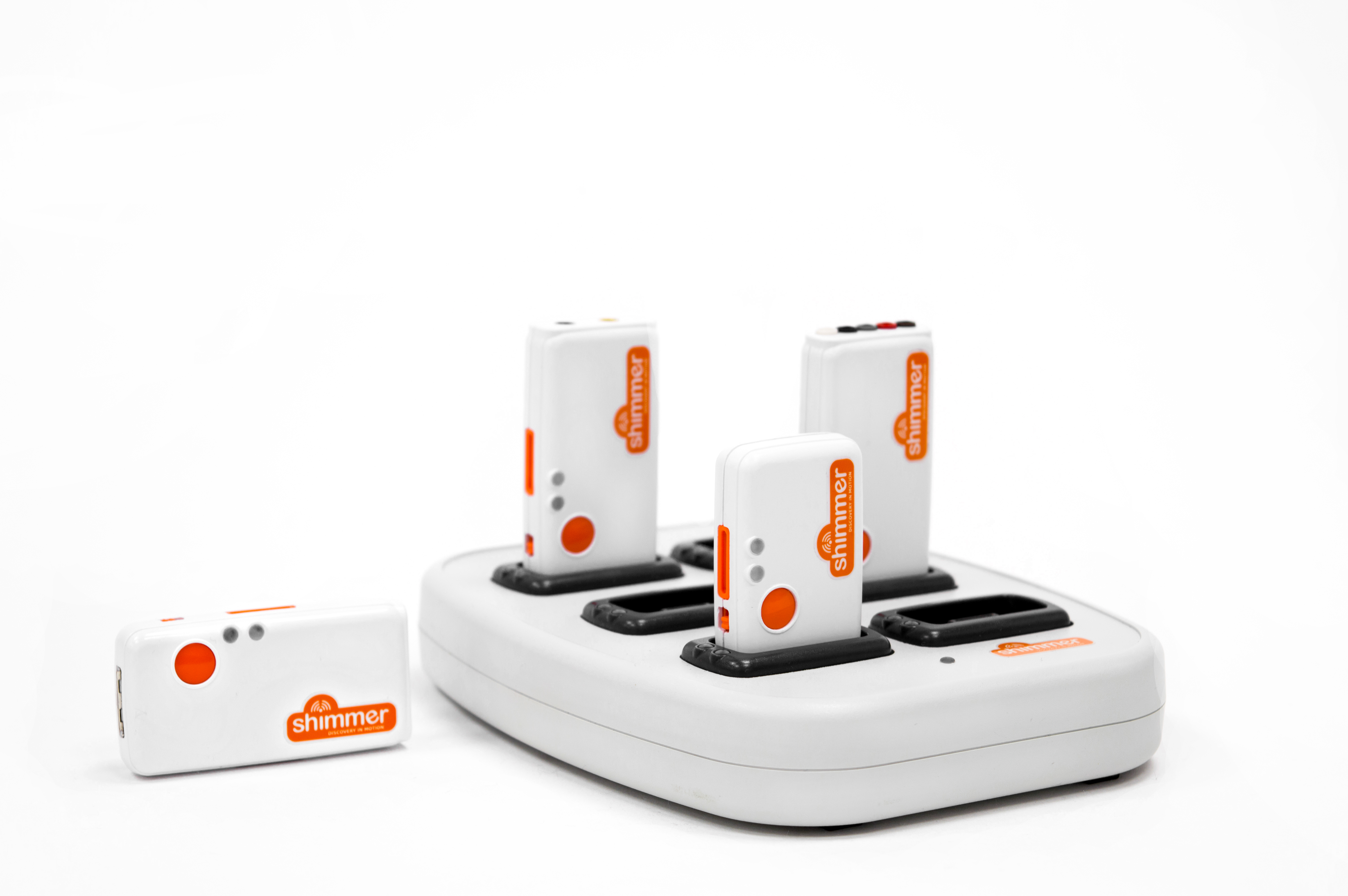
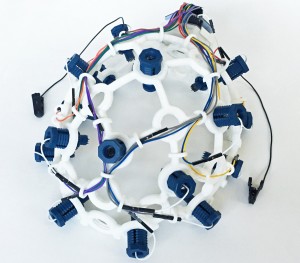
OpenBCI & LulzBot – OpenBCI Board together with open-source 3D-printable headset is capable of recording research-grade brain activity (EEG), muscle activity (EMG), and heart activity (ECG). The system communicates wirelessly to a computer via the OpenBCI programmable USB dongle, which is based on the RFDuino radio module. It can also communicate wirelessly to any mobile device or tablet compatible with Bluetooth Low Energy (BLE).
Everything necessary to build Ultracortex headsets includes dry electrodes, and all of the wiring (everything in the “Print It Yourself” Ultracortex Kits) as well as a TAZ 5 3D printer to actually 3D print the headsets themselves.
Core Sound TetraMic – TetraMic is the first portable, single point, stereo & surround sound Ambisonic soundfield microphone. It is the finest performing microphone of its type in the world. TetraMic allows for placing a single exceedingly accurate tetrahedral microphone in a sound field, record four channels of audio in “A” format, transform them using software into “B” format (W, X, Y and Z), and later interpreting those four channels to essentially any single-point configuration of microphones. The apparent orientation can be rotated, tilted, tumbled or zoomed at will.
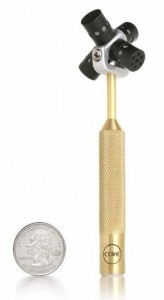
Our work:
